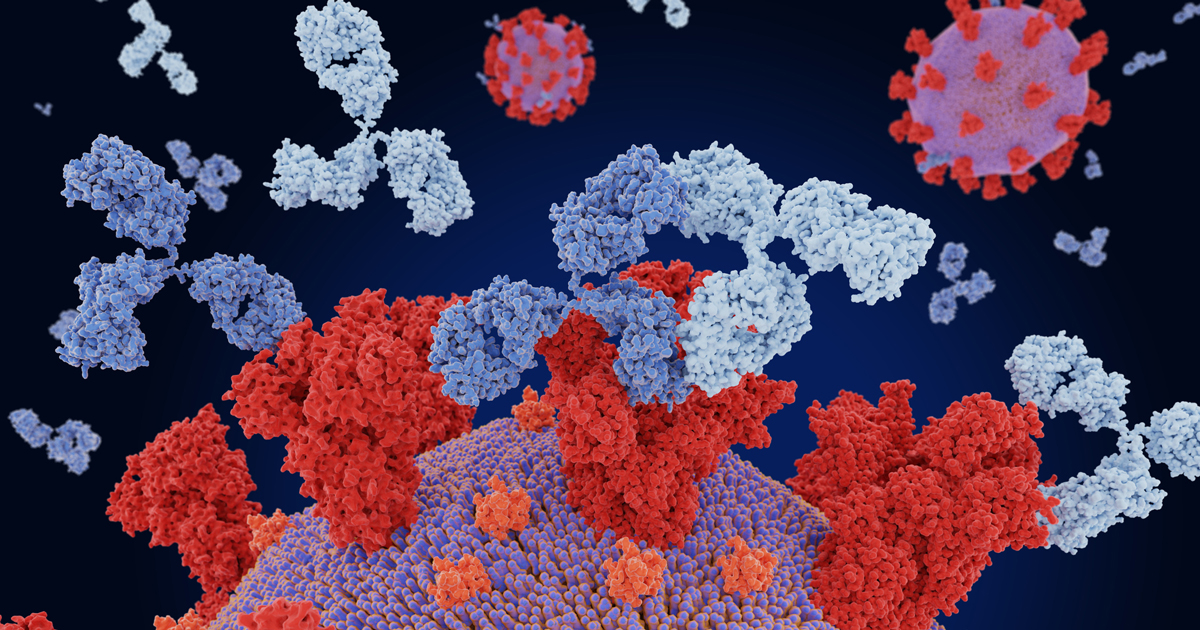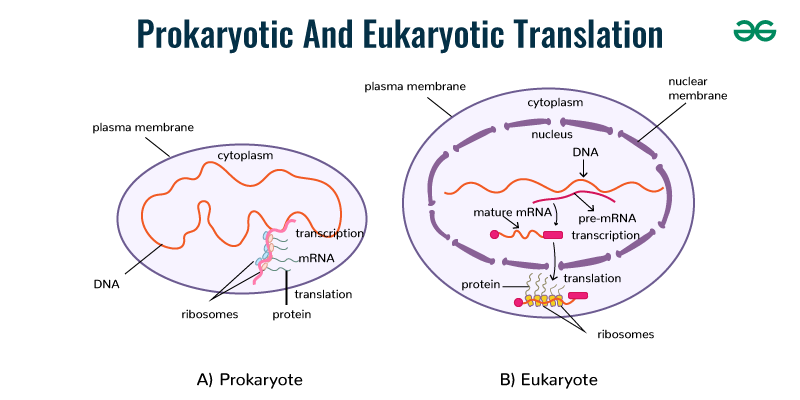Translation: From mRNA to Protein
Translation: From mRNA to Protein

Simplified Concepts:
1. Genetic Code and Using the Codon Table
- Genetic Code: The genetic code consists of sequences of three nucleotides (codons) in mRNA, each coding for a specific amino acid.
- Using Codon Table: To determine a protein’s primary sequence, match each codon in the mRNA sequence to its corresponding amino acid using the codon table. For example, the mRNA codon AUG codes for Methionine (start codon).

2. Process of Translation
- Translation: The process by which the mRNA sequence is converted into a protein.
- Initiation: The ribosome binds to the mRNA and identifies the start codon (AUG).
- Elongation: tRNAs bring the appropriate amino acids to the ribosome, matching their anticodons with the mRNA codons. The ribosome links the amino acids together to form a growing polypeptide chain.
- Termination: When a stop codon is reached (e.g., UAA, UAG, UGA), the ribosome releases the completed protein.
- Initiation: The ribosome binds to the mRNA and identifies the start codon (AUG).
- Elongation: tRNAs bring the appropriate amino acids to the ribosome, matching their anticodons with the mRNA codons. The ribosome links the amino acids together to form a growing polypeptide chain.
- Termination: When a stop codon is reached (e.g., UAA, UAG, UGA), the ribosome releases the completed protein.

3. Translation in Eukaryotes vs. Prokaryotes
- Eukaryotes: Translation occurs in the cytoplasm, and the mRNA must be processed (capped, spliced, polyadenylated) before translation.
- Prokaryotes: Translation begins immediately after transcription in the cytoplasm, and mRNA is used directly without processing.

4. Antibiotic Treatments Based on Mode of Action
- Antibiotics work by targeting specific bacterial processes:
- Protein Synthesis Inhibitors (e.g., tetracyclines, macrolides): Interfere with bacterial ribosomes, preventing translation.
- Cell Wall Synthesis Inhibitors (e.g., penicillin): Prevent bacteria from forming cell walls, leading to cell death.
- DNA/RNA Synthesis Inhibitors (e.g., quinolones): Block bacterial DNA or RNA synthesis, stopping cell replication.
Appropriate antibiotic treatment depends on the specific target within the bacterial cell and the type of bacteria causing the infection.
- Protein Synthesis Inhibitors (e.g., tetracyclines, macrolides): Interfere with bacterial ribosomes, preventing translation.
- Cell Wall Synthesis Inhibitors (e.g., penicillin): Prevent bacteria from forming cell walls, leading to cell death.
- DNA/RNA Synthesis Inhibitors (e.g., quinolones): Block bacterial DNA or RNA synthesis, stopping cell replication.

Central Dogma

The central dogma of molecular biology describes the flow of genetic information within a biological system. It follows the sequence:
DNA → RNA → Protein
Translation is the process of mRNA-guided protein synthesis in the cytoplasm. This involves decoding an mRNA sequence to produce a specific polypeptide or protein.
Major Components of Translation

- mRNA: This is transcribed from genes in the nucleus and carries the genetic instructions for protein synthesis.
- tRNA: Transfer RNA acts as an adaptor that reads the genetic code on the mRNA and brings the appropriate amino acids.
- Ribosome: This is the site of protein synthesis, where translation occurs.
Reading the mRNA

The mRNA is always read in the 5' to 3' direction. There are three possible reading frames, but only one is correct and is determined by the position of the start codon (AUG), ensuring the accurate translation of the genetic code. Maintaining the correct reading frame is crucial; otherwise, diseases such as α-thalassemia can occur due to frameshifts and the resultant dysfunctional proteins.
The Genetic Code
The genetic code is read in non-overlapping triplets called codons, which specify an amino acid or a stop signal. Each codon has three nucleotides, and there are 64 possible codons:
- The genetic code is degenerate, meaning most amino acids are specified by more than one codon.
- AUG serves as the start codon.
- UGA, UAA, and UAG are stop codons.
The correct amino acid is attached to the corresponding tRNA by aminoacyl-tRNA synthetases. This process is called tRNA charging and requires ATP. Each tRNA has an anticodon on its tip, which base-pairs with the codon on mRNA in an antiparallel alignment.
Ribosomes
Ribosomes are the cellular machines that facilitate protein synthesis. They consist of a small (30S in prokaryotes, 40S in eukaryotes) and a large (50S in prokaryotes, 60S in eukaryotes) subunit. Ribosomes have binding sites for mRNA and tRNAs and are made up of rRNA and proteins.